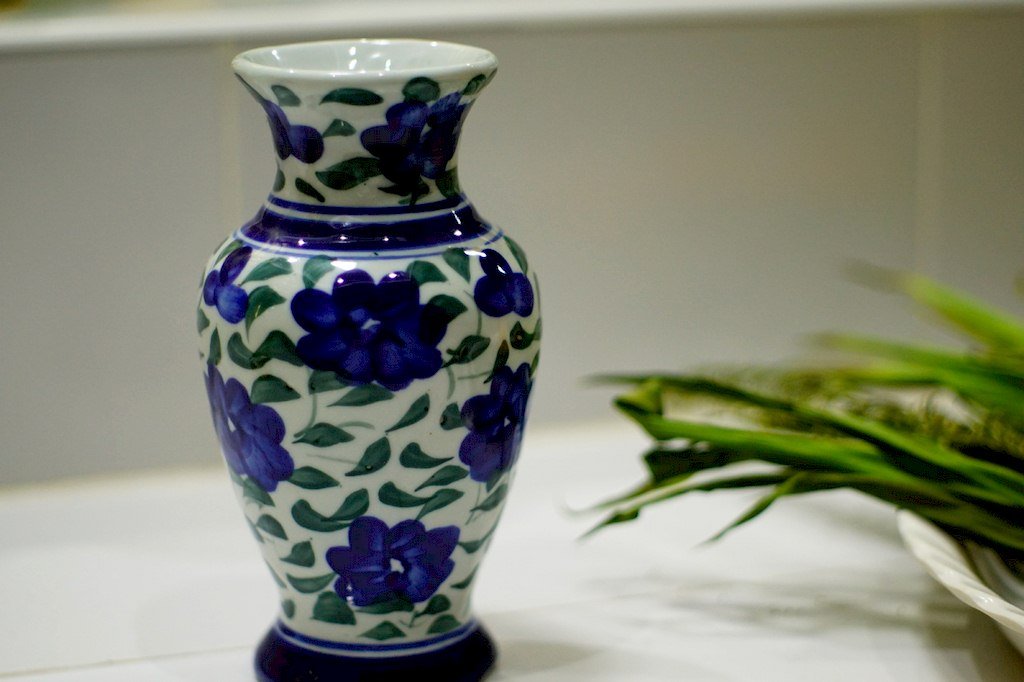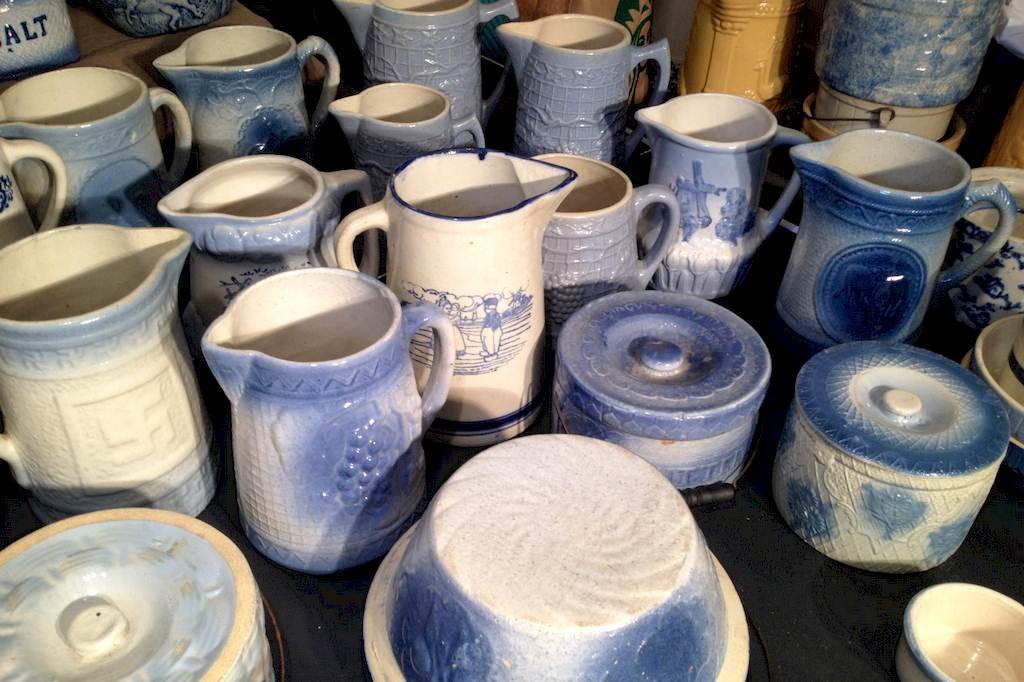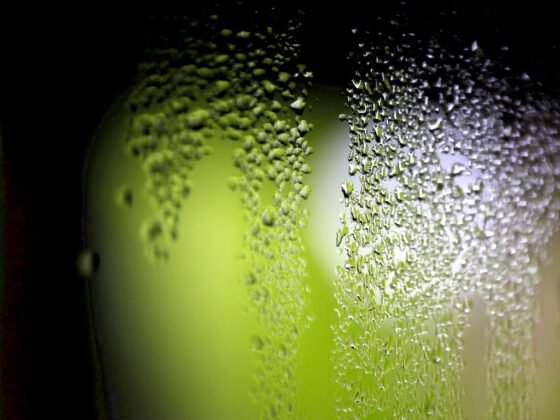Table of Contents Show
In our daily life, either on the dinner table or in the living area, we are surrounded by the objects made from ceramics.
But when it comes to choosing the best material for the same, there are multiple choices available just like porcelain, stoneware, earthware, and bone china.
Among all the porcelain and stoneware are very exceptional yet looks strong and can be used for decades. Both the ceramics have their own importance according to their usage.
So before deciding on the form of product either Porcelain or stoneware dinnerware, it is best to recognize the variation so that you can select with all the information.

What is Porcelain and Stoneware: Basic Definition
Before understanding the difference, we should know what porcelain and stoneware actually are. Porcelain basically was hailed from china.
The term refers to a fine-grained, sonorous, hard, nonporous, and usually white ceramic ware and translucent that consists of kaolin( a kind of clay), quartz and a Feldspathic rock and is heated and sat a high temperature.
When coming to stoneware it is a type of ceramic made from stoneware clay or non-refectory fire clay that has been fired at a high temperature.
Stoneware dinnerware often has a thicker build than porcelain. Whether verified or not, it is non-porous which may or may not be glazed.
Making Process
Porcelain is designed from some of the materials. Light clay-like china white is the first fabric which is known as kaolin clay as discussed before. All the substances are pulverized and mixed with the clay.
The product is now heated up to moderate temperature after enough water is added to make the aggregate attainable.
Now the clay is fired up to a temperature extra than 2300°F. after that, a delicate and translucent chunk of pottery will come out as a result.
0n the other hand stoneware ware is made from a particular clay that is fired at a high temperature of 1200°C. This results in a more durable material, with a denser, stone-like quality.
Products such as stoneware dinnerware will be waterproof and do not need to be glazed. Basically it is made from the expansion of clay, stone, and flint making the appearance and texture of each piece unique.
Unlike porcelain which is difficult to breed based on its unique composition, stoneware does not require different substances to bring out splendor and increase its energy.

Properties and Utilities
Both the ceramics can also be differentiated on the basis of their properties and usage, depending upon the choices and working conditions.
Porcelain is normally lighter in weight and thinner and has a delicate appearance. This kind of dinnerware is commonly reserved for fancy dinner or events.
Porcelain is typically or in any case, marked or painted as the initial appearance is the white color. It is capable of facing high-temperature variation.
Another feature is unlike stoneware dinnerware, porcelain includes its vivid white color which produces brighter coloring.
Porcelain that has any metal boundaries should not be microwaved and acidic detergents may harm the metallic accent.
Instead of the above-mentioned properties, stoneware dinnerware can have different colors and finishes. Although stoneware is heavier in weight but also tough and durable at the same time.it is porous and opaque but less delicate and refined.
Porcelain dinnerware with a metal rim cannot be microwaved on the other hand stoneware dinnerware can be microwaved in such conditions.
Like porcelain, it could face up to thermal shock resulting that it could move instantly from the refrigerator to the oven without cracking but always check with the manufacturer for the specific qualities. Most good quality stoneware is very versatile to use and easy to maintain.
The Final Words
To help you understand, the basic features and differences are explained so that you can just choose the most suitable ceramic.
To know more about detail, that helps you to buy a properly coordinated ceramic dinner set or other ceramic products, know your desires on the basis of the above discussion.
Although each material has its own features, qualities, price points, attributes, and drawbacks, of course, it is a good and effective idea to learn about the pros and cons of each material.









